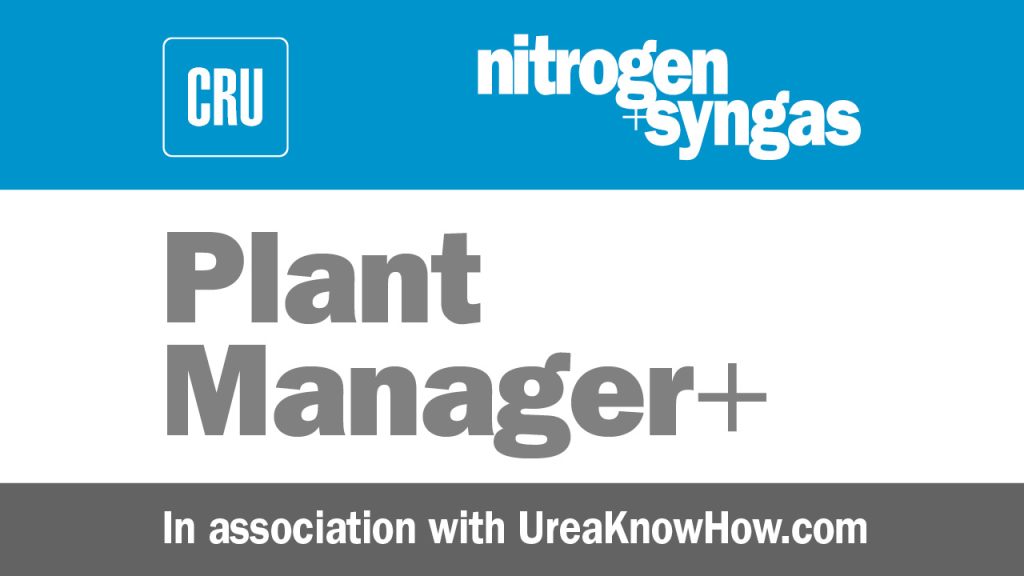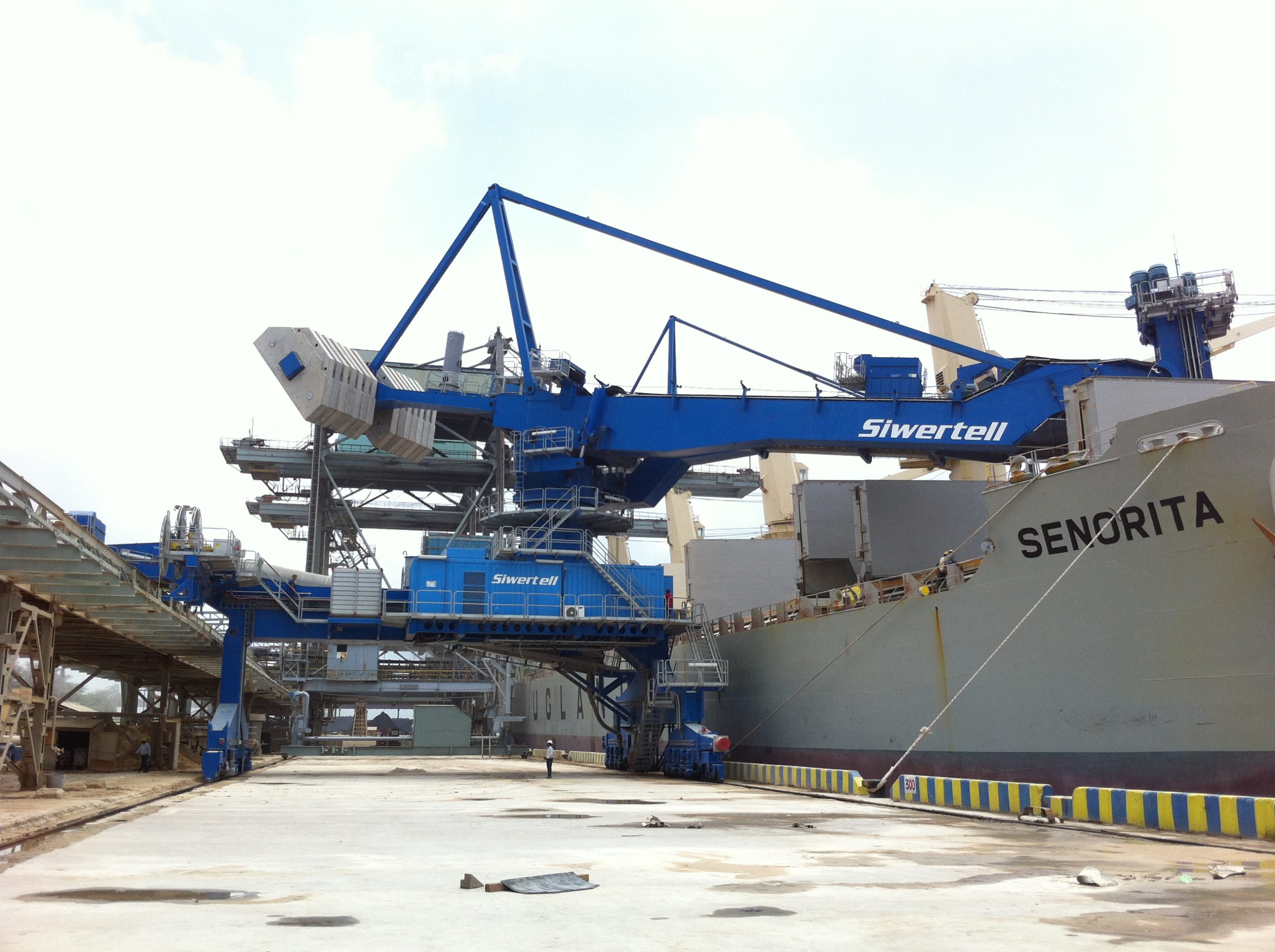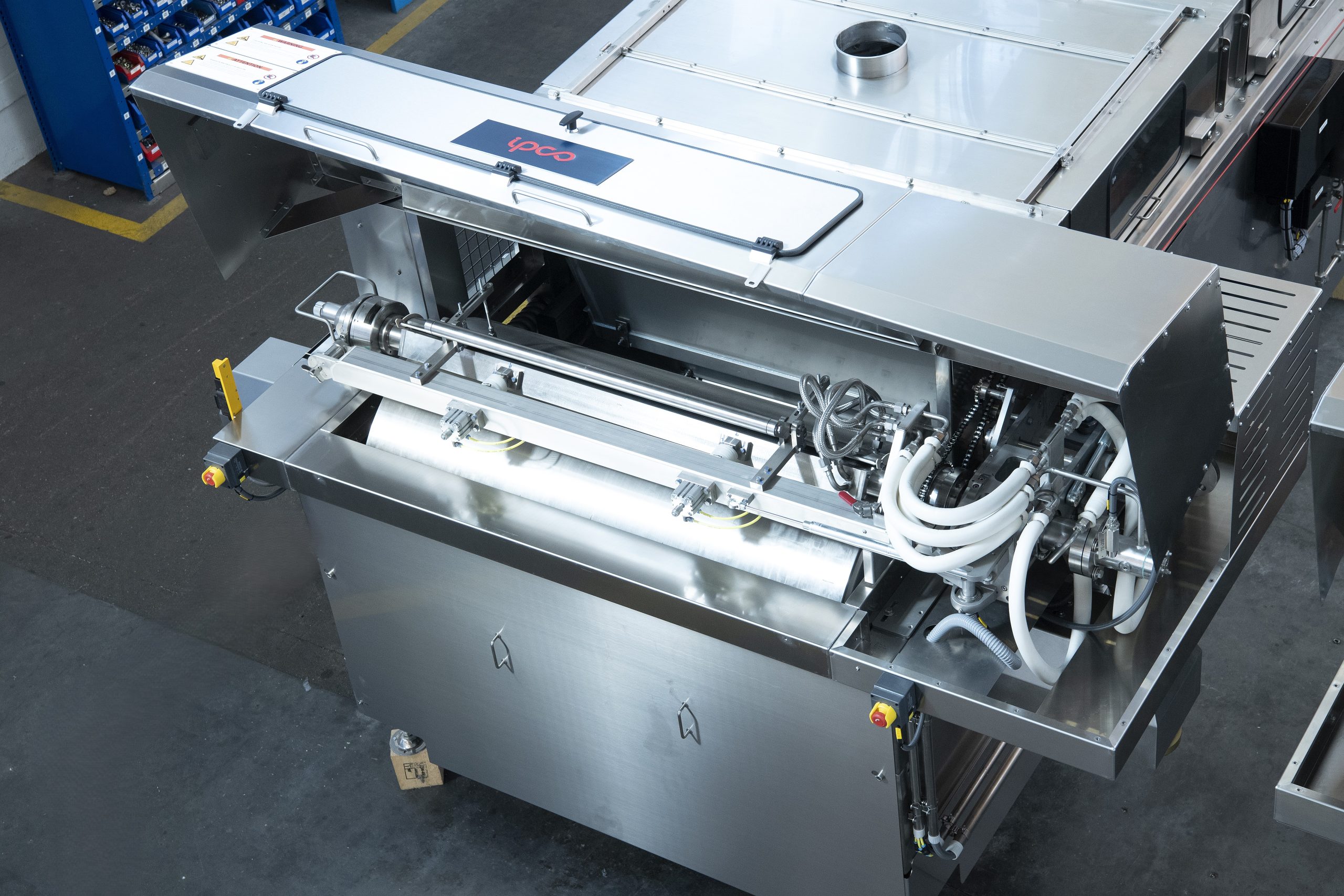Nitrogen+Syngas

31 August 2015
Problem No. 31: Insulation of high-pressure flanges in a urea plant.
The intermediate product in the production of urea from carbon dioxide and ammonia is ammonium carbamate. Ammonium carbamate is very corrosive under the synthesis conditions in a urea plant. It is good practice to minimise the number of flange connections in the high pressure urea synthesis section. However some flange connections will be unavoidable. Typically two types of flange connections are applied in the high pressure urea synthesis section: ring type joints and lens ring joints. Once a flange connection leaks it is almost impossible to stop the leak by re-tightening the bolts. Due to the leak a crevice is created in which the oxygen dissolved in the carbamate containing liquid will be depleted and passive corrosion will become active corrosion. Active corrosion rates of stainless steel can be >52 mm per year and this means that in the case of a leaking flange connection one has to stop the plant immediately and service the leaking flange connection. This raises the question whether the flange connection should be insulated.


Mr Easa Norozipour of Khorasan Petrochemical Company in Iran starts up the round table discussion: What do people recommend as regards insulating the high pressure flanges in the high pressure section in a urea plant?
Mr Prem Baboo of National Fertilizers Limited in India responds: Insulating flanges is a generic term of pipe flange joints with requirements in sealing performance of buried steel pipes and insulation properties of electro-corrosion pipes. It includes a pair of steel flanges; easy to manufacture, strong, high pressure flange-type insulating coupling with wide separation between exposed metal parts. The insulating coupling is made up of two metal half flanges supported on a non conductive cylindrical non-metallic member. The space between the two vertical ends of the half flanges is wound in typical fashion with plastic impregnated glass fibres to provide the necessary working strength.
Easa asks further: Thank you for your reply, but my query is about insulation of high pressure flanges in the high pressure section of a urea plant for heat resistance, not for electrical isolation. If the flanges are covered by insulation leakages cannot be identified via a visual check. In this case the flange and bolts will be corroded (see picture).

Prem replies: In our plant the high pressure urea section flanges are non insulated so that a minor leakage can be easily detected at an early stage. The first sign of a leakage is vapour escaping, which can be easily seen by the rotating shift operator. The flanges are tightened when there is a leakage so it is not possible to have insulation on the flanges. Regular nut bolt cleaning of these flanges is routine practice in our plant checklist. Vessel manhole cover flanges are also non insulated so that leaks can be detected.
Easa asks further: Many thanks Prem. Do any other experts have any recommendations for the insulation of high pressure flanges?
Mr Shoaib Minhas of FFBL in Pakistan shares his valuable experiences: Apart from visual inspections, in my opinion no insulation at the flanges will lead to atmospheric corrosion, surface corrosion, moisture ingress and corrosion under insulation due to improper waterproofing of insulation. In our plant all flanges are covered with proper insulation and waterproofing.
Mr Mark Brouwer of UreaKnowHow.com in the Netherlands joins the discussion: Find below the philosophy of one expert in the industry: “Some of our plants have insulation over the flange joint and others have left flanges that are non insulated. For flanges in carbamate gas service, I like to insulate the flanges to reduce the risk of condensation corrosion (refer to picture). For flanges in liquid service, I like to keep flanges un-insulated to keep the stud bolts visible so that a small leak doesn’t go unnoticed and seriously corrode the bolts.” Others apply a leak detection tube in the case of insulated flanges.

Mr David Smith of Startupdynamics in Canada shares his experiences: I have also worked in urea plants, which do both. My preference is to “not” insulate high pressure flange connections in the urea synthesis section. The flanges have a very large metal mass, which retains the heat from the line. In my opinion, the amount of condensation corrosion caused by a cold spot from reduced temperature would be small. The bigger concern would be early detection of leakage from the ring joints. I think most of the bolts used are some type of ferrous material, which may corrode if a leak begins. Normally a leak is not difficult to determine, based on the ammonia smell or build-up of crystals. Should a leak occur, the first action that happens is to remove the insulation anyway to determine the size of the leak. If it is unmanageable, the plant is stopped and drained, but if it is a small leak, it is tightened or if unsuccessful, flushed by steam to avoid any build-up of corrosion material until the gasket can be replaced. We have used permanent and removable insulation, we have put leak tubes inside the insulation to detect an early leak, but personally I want to know about leaks as early as possible.
Mr Ali Salman Bokhari of Pak-American Fertilizers (Pvt.) Ltd. in Pakistan contributes to the discussion: As per TEC standards, all these flanges must be insulated. The reason behind this may be the following: Generally lens rings are used as a connector in high pressure piping but in some cases titanium gaskets are also used. During start-ups and shutdowns there is a possibility that titanium gaskets may undergo stresses due to uneven expansion of metals. This may weaken the gasket, which at some later stage causes leakages. Insulating the flanges will reduce the extent of uneven expansion of metal by reducing a significant delta temperature, which exists between metal and ambient temperature. The same standard exists in the case of manholes, which are insulated, generally at all plants.
Mr Pablo Gastón Schulz of Profertil in Argentina gives his opinion: We do not insulate flanges in the high pressure section so that bolts do not loosen with temperature, avoiding leaks and the need to tighten them in service.
| This series of discussions is compiled from a selection of round table topics discussed on the UreaKnowHow.com website. UreaKnowHow.com promotes the exchange of technical information to improve the performance and safety of urea plants. A wide range of round table discussions take place in the field of process design, operations, mechanical issues, maintenance, inspection, safety, environmental concerns, and product quality for urea, ammonia, nitric acid and other fertilizers. |






